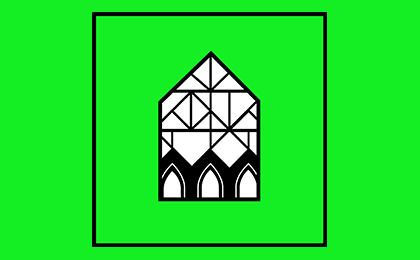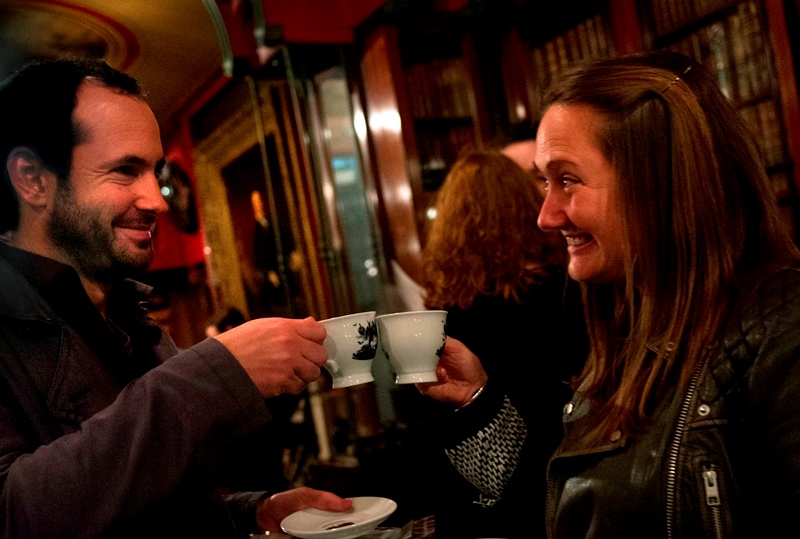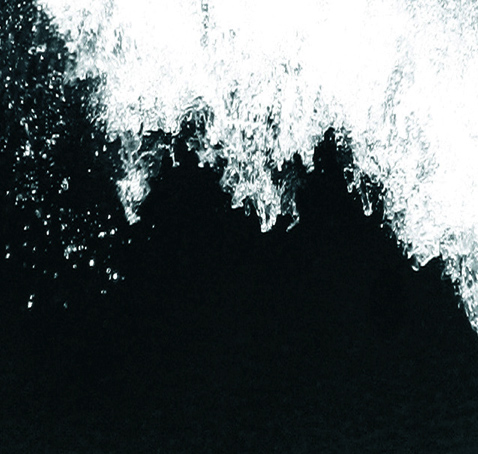Search results
Arts+Crafts_Icon_420x260px.jpg mblowfieldimage/jpeg22.54 KB
mblowfieldimage/jpeg22.54 KB
defence-style-blog-soane.jpg mblowfieldimage/jpeg88.84 KB
mblowfieldimage/jpeg88.84 KB
 mblowfieldimage/jpeg88.84 KB
mblowfieldimage/jpeg88.84 KB
fentimans-logo-soane.jpg mblowfieldimage/jpeg18.11 KB
mblowfieldimage/jpeg18.11 KB
 mblowfieldimage/jpeg18.11 KB
mblowfieldimage/jpeg18.11 KB
valentines-late-soane-museum.jpg mblowfieldimage/jpeg173.69 KB
mblowfieldimage/jpeg173.69 KB
 mblowfieldimage/jpeg173.69 KB
mblowfieldimage/jpeg173.69 KB
city-country-corporate-members-soane.jpg mblowfieldimage/jpeg94.96 KB
mblowfieldimage/jpeg94.96 KB
 mblowfieldimage/jpeg94.96 KB
mblowfieldimage/jpeg94.96 KB
imagefield_Mns9Dz.jpg dp_adminimage/jpeg7.95 KB
dp_adminimage/jpeg7.95 KB
 dp_adminimage/jpeg7.95 KB
dp_adminimage/jpeg7.95 KB
imagefield_nSPgrk.png dp_adminimage/png1.97 KB
dp_adminimage/png1.97 KB
 dp_adminimage/png1.97 KB
dp_adminimage/png1.97 KB
2.jpg dp_adminimage/jpeg102.91 KB
dp_adminimage/jpeg102.91 KB
 dp_adminimage/jpeg102.91 KB
dp_adminimage/jpeg102.91 KB
imagefield_yHBLs5.png dp_adminimage/png888 bytes
dp_adminimage/png888 bytes
 dp_adminimage/png888 bytes
dp_adminimage/png888 bytes
imagefield_dK8lIQ.gif dp_adminimage/gif1.2 KB
dp_adminimage/gif1.2 KB
 dp_adminimage/gif1.2 KB
dp_adminimage/gif1.2 KB